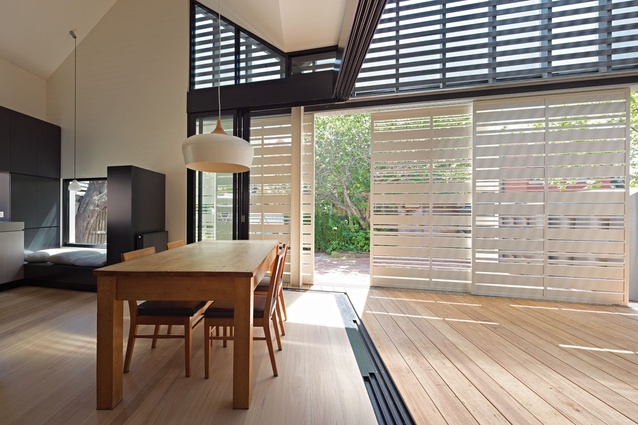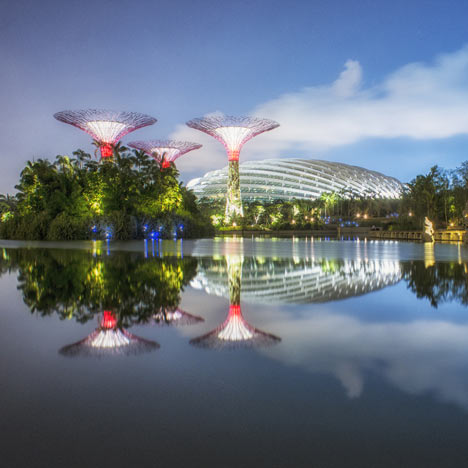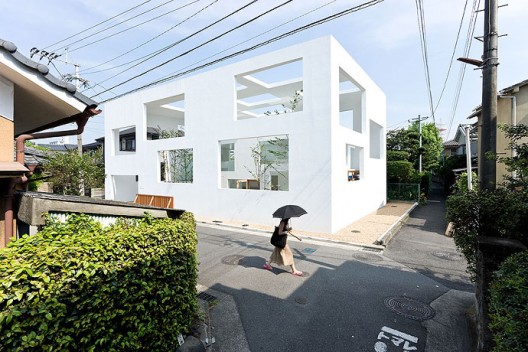Well, if not today, maybe tomorrow.
I was trying to read the subscription on-line copy of the November/December issue of Eco-structure, an American Institute of Architects magazine. My irritation with the avalanche of advertisements was shading out my interest in all the new technologies and initiatives they were trying to bring to my attention. And then, I came across 'AIA Perspective', by Jeff Potter, the 2012 President of the Institute.
Jeff was really only doing the marketing for An Architect’s Guide to Integrating Energy Modeling in the Design Process, published in October. For that he apologizes, then makes an impassioned plea for his fellow practitioners. I can't give you a live link to the article, so I take the liberty of quoting extensively from his statement:
By not making a credible, evidence-based claim for performance, we are abdicating our responsibility to both the client and the user. This will further erode our reputation as well as the value of our work. Furthermore, if we do not have a firm grasp on how our buildings will actually, not theoretically, perform, it will have a negative impact on the quality of what we design. What’s the alternative? A good beginning is to learn the ABCs of energy modeling.
This is the point where eyes glaze over. Energy modeling sounds boring and wonkish. Yet architecture is not just the thrill of shaping form; it’s also the science of delivering value. We do ourselves, our profession, and, frankly, other members of the building team a disservice if we acknowledge only the aesthetics and leave the question of performance to someone else. Being able to say how a design works has historically been part of what we do for our clients. These days it may be the leading question clients ask. The challenge of climate change and the smart allocation of limited and increasingly scarce resources offer new opportunities to reassert our responsibility.The message closely echoes my own concerns about architects, and recent developments in the provision of architectural services. At the moment, the initiative to move in the direction Jeff Potter advocates is unlikely to be led from the architecture schools, where the capacity to deliver courses in the science of architecture is arguably at historic lows. But professionals could, if they see the urgency of his message, devote some of their compulsory professional development to the cause. If you want to change the balance of your professional reading, you can do worse than bookmark http://www.eco-structure.com/.

















